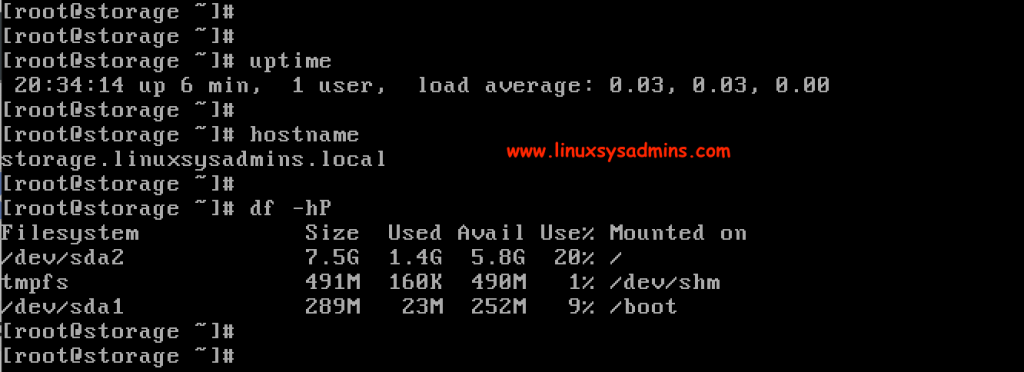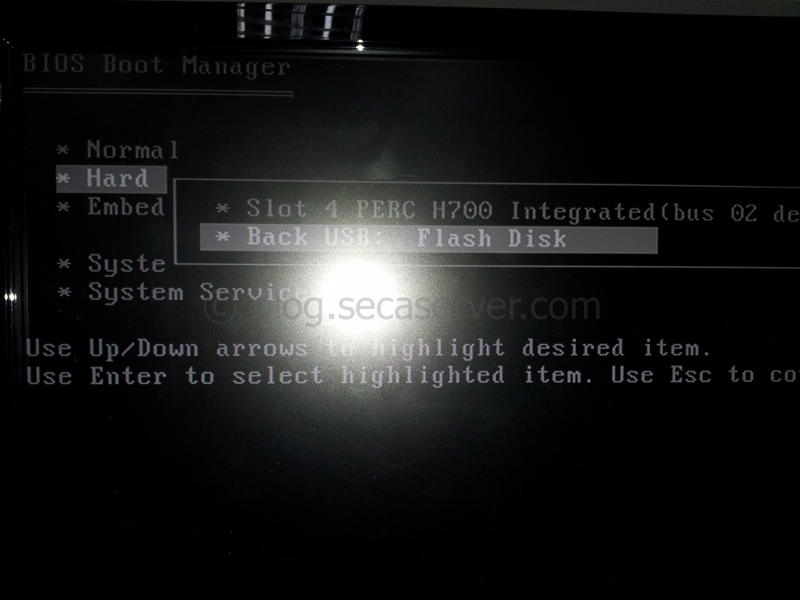

Install rpm package openfiler install#
Install 1 Package (+4 Dependent packages) > Package mailcap.noarch 0:2.1.41-2.el7 will be installed > Package httpd-tools.x86_64 0:2.4. will be installed > Processing Dependency: libaprutil-1.so.0()(64bit) for package: httpd-2.4.86_64 > Processing Dependency: /etc/mime.types for package: httpd-2.4.86_64 Loading mirror speeds from cached hostfile > Processing Dependency: httpd-tools = 2.4. for package: httpd-2.4.86_64 > Package httpd.x86_64 0:2.4. will be installed Marking httpd-2.4.86_64.rpm to be installed We can instead use ‘yum install file.rpm’ and specify a local RPM file that we have to install. Normally when installing a package from a repository with the yum command, you would run ‘yum install httpd’ and it will simply download the required RPM file from a configured repository. Personally I prefer to use Yum/DNF, these act like a front-end to the RPM command and will maintain an up to date database of package dependencies. If you’ve downloaded an RPM file from the Internet, there are a couple of tools you can use to install it. If you find that your distribution does not support installing an RPM file, you may need to look at other options such as. Generally RPM files are used in RHEL based distributions such as CentOS and Fedora to name a couple, however it has also been ported elsewhere. Not all distributions of Linux support RPM.
Install rpm package openfiler software#
They allow us to simply use an RPM file to install a software package, and when combined with package managers such as Yum or DNF we will also get all required dependencies downloaded and installed easily.

RPM files exist to make the software installation and upgrading process easier.


 0 kommentar(er)
0 kommentar(er)
